Create new words by adding phonemes with this set of 16 task cards.
Building a bigger vocabulary doesn’t necessarily mean learning all new words.
Sometimes it’s about building new ones!
With our phoneme addition task cards, students will add initial phonemes to the word in the picture, and write the new word on each task card.
Make New Words with Phoneme Addition
Use this resource in your reading center, as a guided reading activity, or a whole class exercise (see below) to practice creating new words by adding sounds.
Students will identify each picture and the added initial phoneme to build the new word. They’ll then write the new word on the line.
For example: 🪔 +c = clamp
Print on cardstock and place in dry-erase sleeves for a reusable activity students can practice again and again!
Scaffolding and Extension Tips + More Ways to Play with Phoneme Addition
Challenge students who already understand the concept to put the new words in alphabetical order.
Support students who need help understanding the concepts by using a visual reminder of the letter sounds such as an alphabet display or anchor chart.
Use this resource as independent practice for fast finishers, and for full-class learning opportunities like scoot activities, lesson reviews, formative assessments, and more.
🛴 Scoot Activity
Place the cards around the room in numerical order and instruct students to number a sheet of paper 1-16. Assign each student a card to start. Give students an appropriate amount of time to review the phoneme addition task cards and record their answers on their sheets. Then say, “SCOOT.” At this time, the students will rotate to the next card. Continue in this manner until students have made it through all of the cards.
☀️ Warm-Up/Exit Game
Display one card at a time on a document camera. Students work independently or in groups to answer the task card. Provide students with a sticky note so that they can turn in their answer as a formative assessment, making sure to write their name on it (or use our Sticky Note Printing Guide + Template).
🗂️ Scavenger Hunt
Number and hide the task cards around the room when your students are not around. Have students number a sheet of paper 1-16 and then set them loose! As soon as they find a card, they write the new word on their sheet. Students leave the card in the same spot they found it and then find the others. NOTE: You may want to make a rule of only 1 student at a card at one time. If not, things could get a little crazy! 🤪
Get our 10 Best Scaffolding Strategies here!
Easily Prepare This Resource for Your Students
Print on cardstock for added durability and longevity. Place all pieces in a folder or large envelope for easy access.
Keep the task cards out of pockets or under desks: cut out the cards and punch a hole in the corner of each to place them on a binder ring.
Before You Download
Use the dropdown icon on the Download button to choose between the PDF or Google Slides version of this resource.
This resource was created by Lindsey Phillips, a teacher in Michigan and a Teach Starter Collaborator.
Looking for more resources that build a bigger vocabulary? We’ve got you covered!
[resource:4702720] [resource:4704359] [resource:4700993]
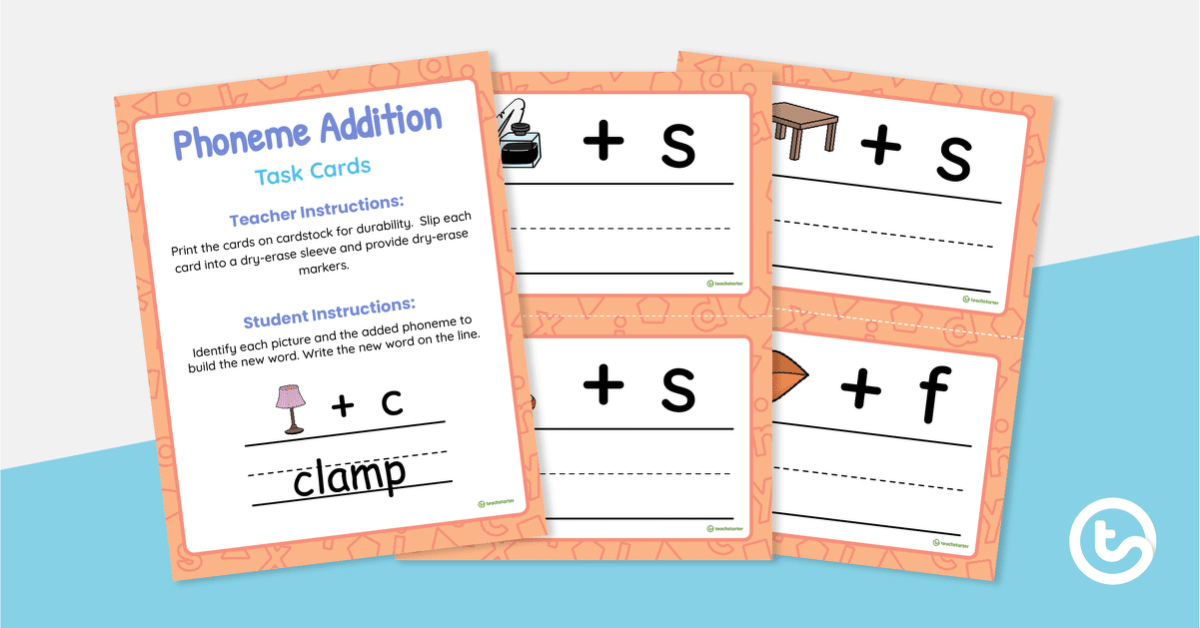

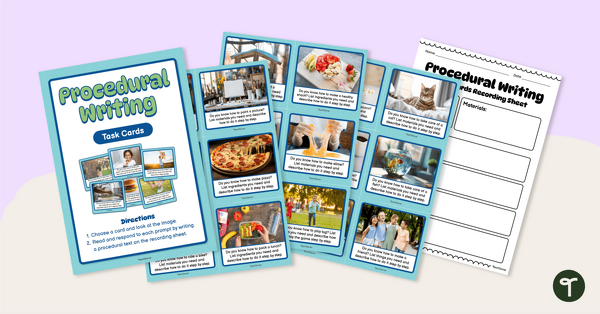
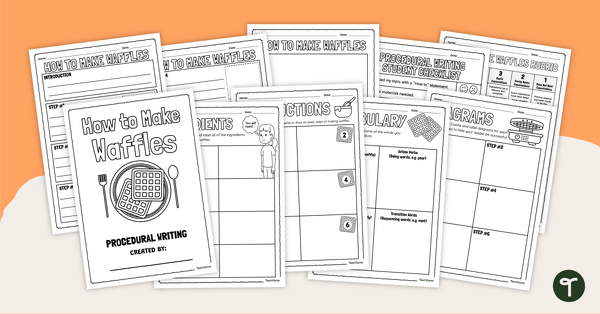

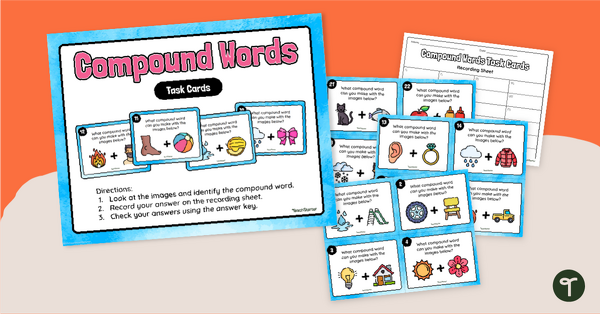

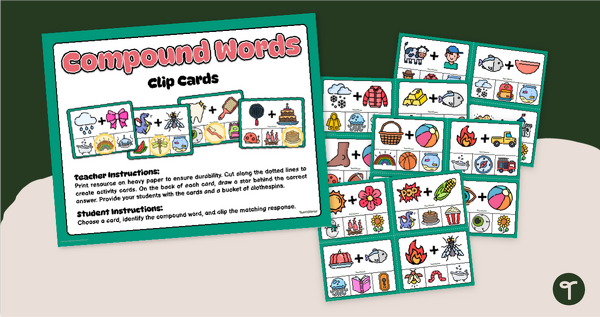
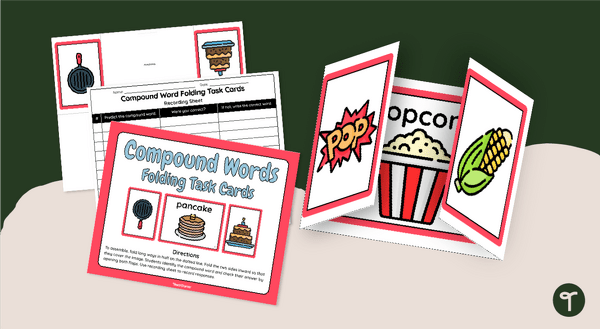
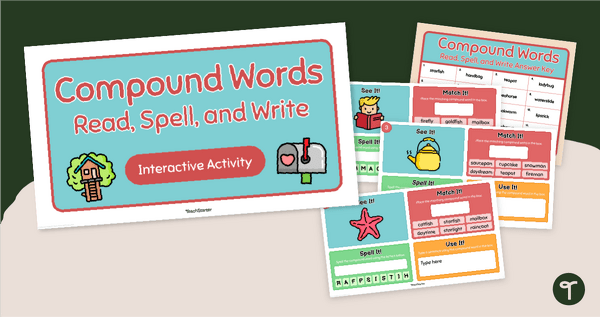
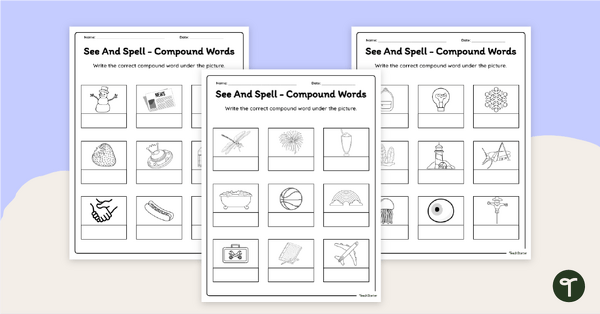
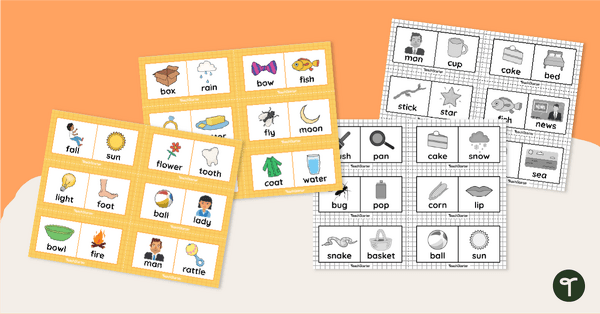
0 Comments
Write a review to help other teachers and parents like yourself. If you'd like to request a change to this resource, or report an error, select the corresponding tab above.